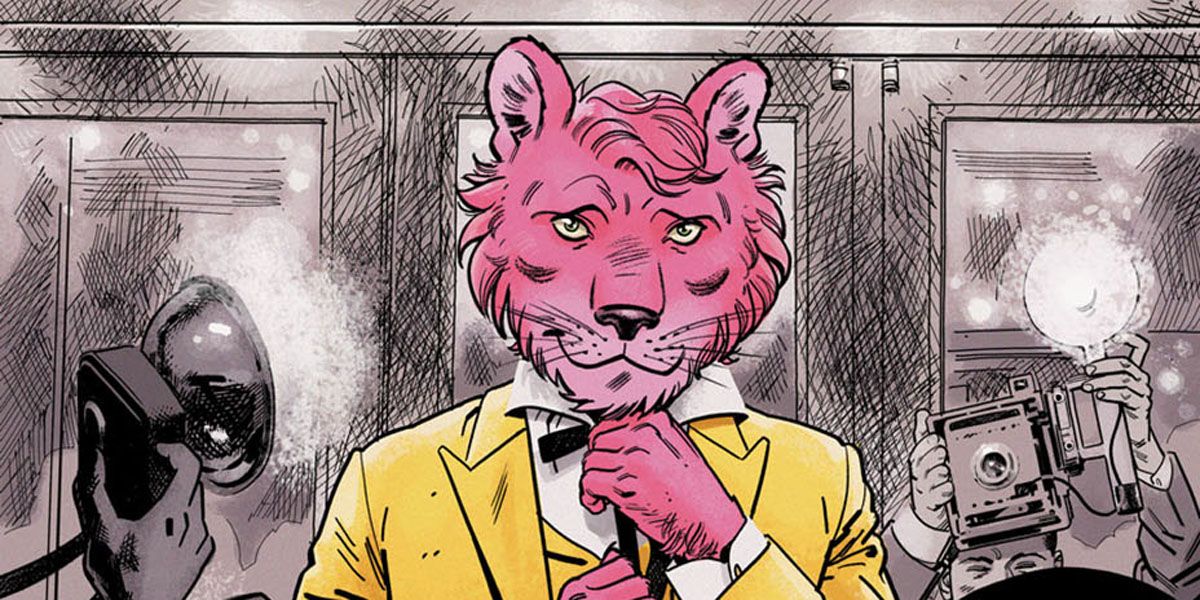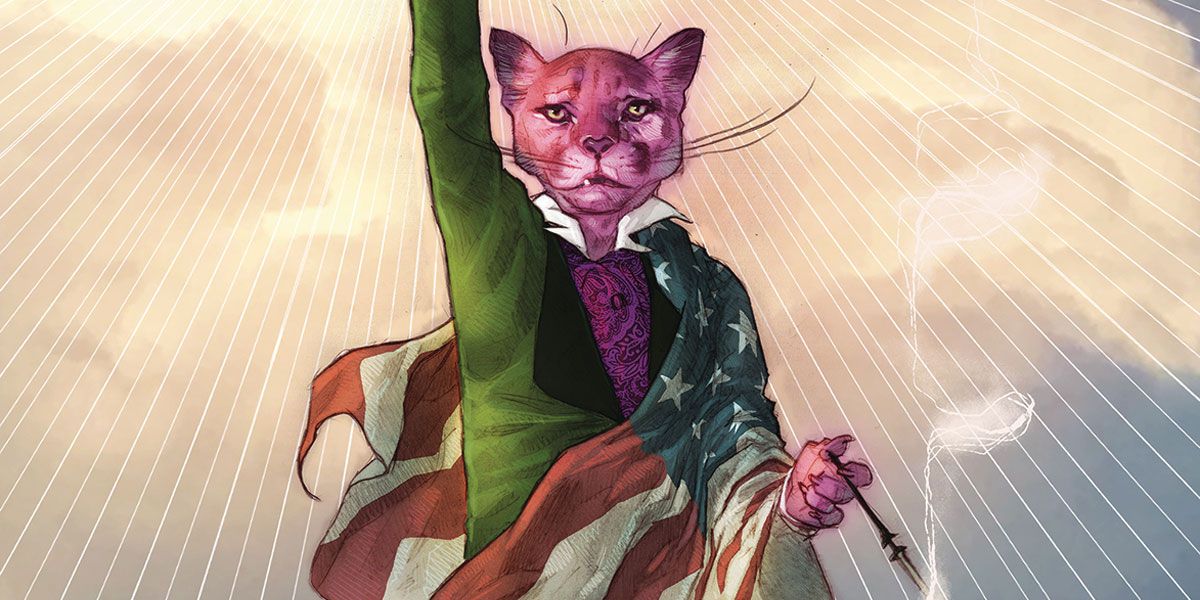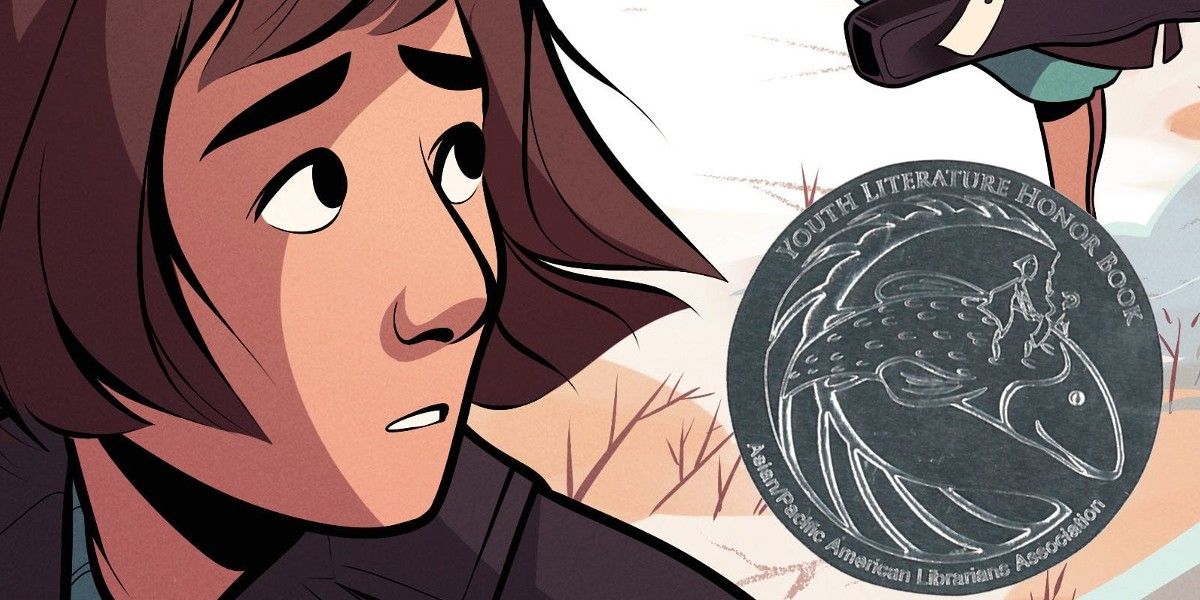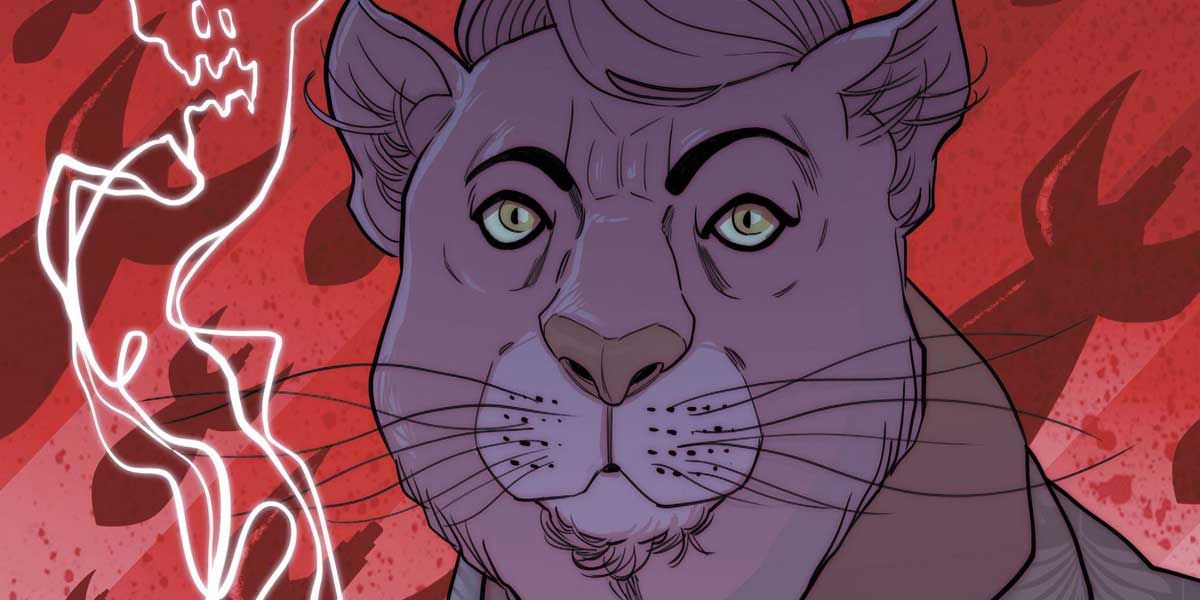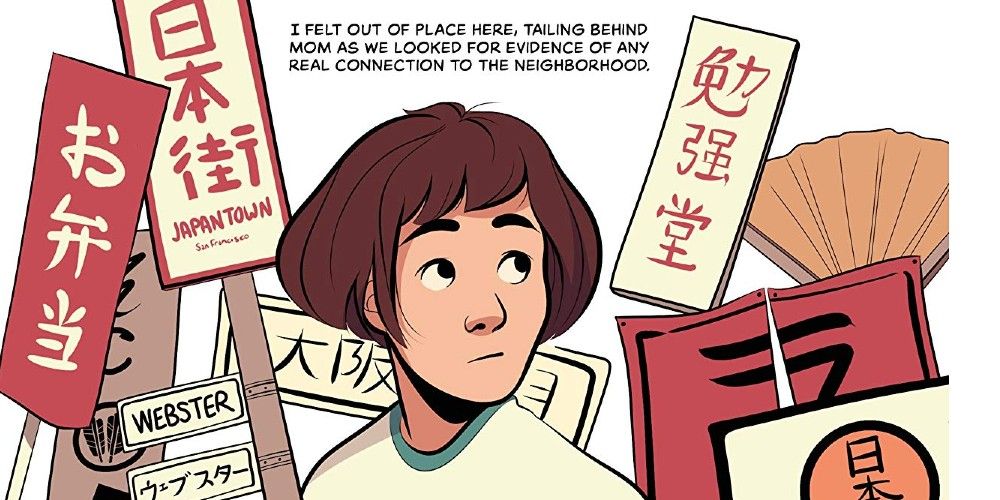Along with being a great source of entertainment, comics and graphic novels can also be an innovative and captivating approach to education, as seen with books such as Maus, Persepolis and Watchmen. This also overlaps with several LGBTQ+ graphic novels and comics. Two examples of this are Exit Stage Left: The Snagglepuss Chronicles -- by Mark Russell and Mike Feehan-- and Displacement -- by Kiku Hughes, with the former directly tackling queer history on top of the Red Scare, and the latter tackling Japanese internment camps in America through the eyes of a queer protagonist.
What Is Exit Stage Left: The Snagglepuss Chronicles?
The Snagglepuss Chronicles take the Hanna Barbera cartoon characters, like Snagglepuss and Huckleberry Hound, and put them in 1953 America, where Snagglepuss is loosely a stand in for Tennessee Williams, a famous playwright who was also gay. Due to the content of Snagglepuss' plays, he is subject to The House Un-American Activities Committee, which was a real committee dedicated to investigating and exposing Communists, as well as anyone promoting "subversive" ideals or lifestyles in America. Along with that, Snagglepuss and his friends also face homophobia as they attempt to live their lives and create art in an America that is holding up a microscope to people like them.
What Is Displacement?
Displacement is about Kiku, a Japanese-American teenager from the 2010s; however, after visiting where her grandmother used to live in San Francisco, she is transported several times back to the 1940s. This unfortunately means she is forced to live in the Japanese internment camps, where Japanese-American citizens were denied civil liberties. While facing this disgraceful time period in American History alongside her grandmother, Kiku also witnesses how those trapped in these internment camps built a community and found their own ways to resist.
How Exit Stage Left: The Snagglepuss Chronicles Plays With History
Like Maus, The Snagglepuss Chronicles use personified animals as its protagonists, and because of this, the darker moments in these comics may be more accessible or easier to comprehend for some readers without watering down or erasing history. Along with that, The Snagglepuss Chronicles use iconic cartoon characters in a situation not many would imagine them in, thus stoking intrigue. This could prompt those unfamiliar with or uninterested in this moment of American history to pick up the book because of its unique approach, or because they are a fan of the Hanna Barbera IP and want to see what's new for the characters. Furthermore, while liberties were taken, this creates a more concise story that may stick longer with readers than a typical history lesson because it is engaging, evocative and effective storytelling.
How Displacement Plays With History
While Displacement is based on a real, tragic moment of American history, and Kiku's story is based on the author's experience trying to better understand what her grandmother went through at the internment camps, it is also a work of fiction given the time travel aspect. However, this fictional element not only represents what it can feel like to try to understand what your ancestors went through, but it can also represent what generational trauma feels like, as Kiku isn't just trying to learn about her grandma -- she is also trying to grasp how this past tragedy is still impacting her mother and her today. The time travel aspect also connects to the notion that history can repeat itself, and when one sees this, they can then take the steps to break that cycle. Displacement is not just a historical retelling of the Japanese internment camps, it's a deeply personal look into them, as well as a call to action in regard to not forgetting the past and making a better tomorrow.
Both of these comics tackle history in different ways, blending fiction and non-fiction together in an attempt to tell engaging stories that also make us remember the faults of the past. It also sheds light on those from the past who did the work to fight against these oppressions, and they remind readers they can create a better future by learning from these characters and these historic events. These comics are not just innovative works of fiction; they're a window into the past.

